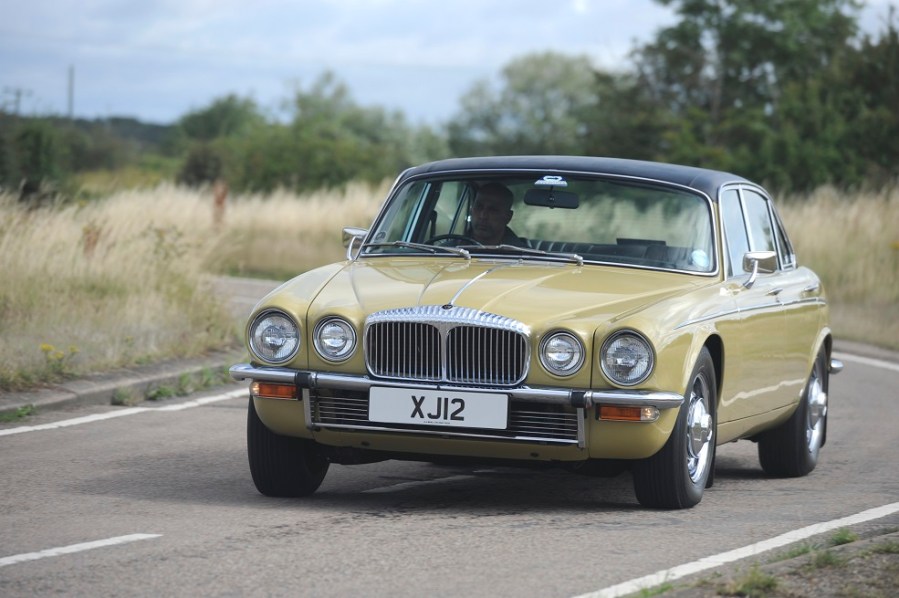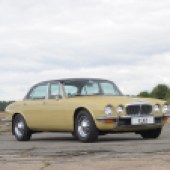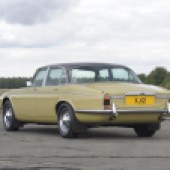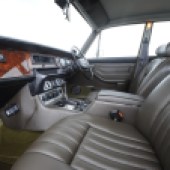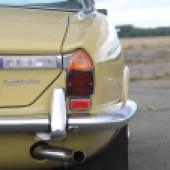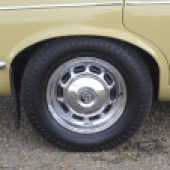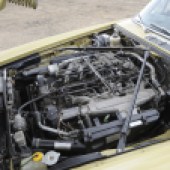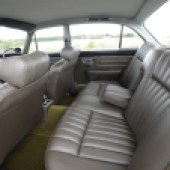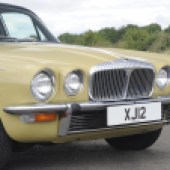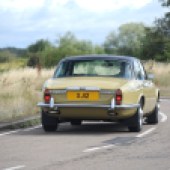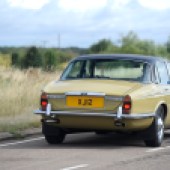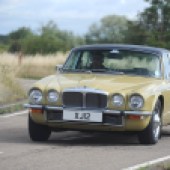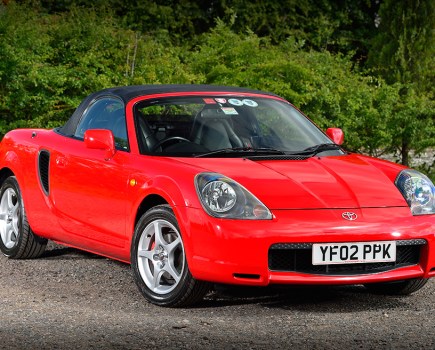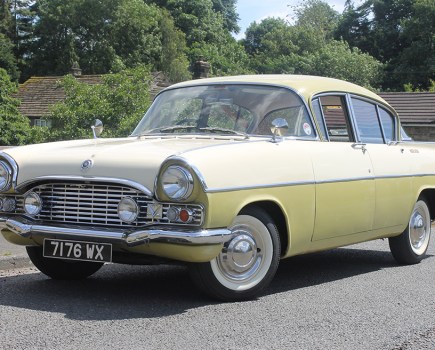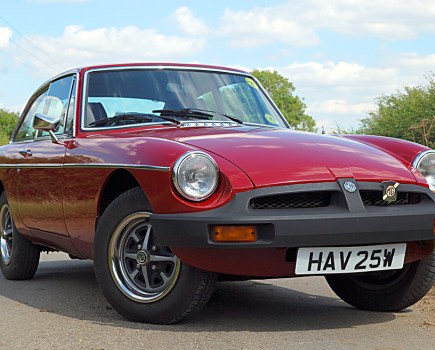The early 70s evolution of the Jaguar XJ remains one of the best examples of the breed. Here’s how to buy a Series 2 today
Introduced in late 1973, the Jaguar XJ Series 2 was a thorough update of the 1968 original, prompted largely by tightening US safety and emissions regulations. It brought a higher-set front bumper, revised grille, a new dashboard layout and various technical upgrades.
Two wheelbase lengths were offered initially, though the short-wheelbase was quickly sidelined. Likewise, the 2.8-litre six soon disappeared, replaced in 1974 by the proven 3.4-litre. Alongside this came the 4.2-litre XK and 5.3-litre V12, spanning Jaguar XJ and Daimler Sovereign/Double Six variants. At the top sat the Vanden Plas Double Six, hand-finished to limousine standards at Kingsbury.
Underneath, the Series 2 gained a newly engineered bodyshell with side-impact protection, a reworked bulkhead, and more advanced electrics including fibre-optic lighting and multi-pin connectors. Air conditioning was also improved, and cosmetic tweaks included a raised bumper, slimmer grille and more prominent chrome surround.
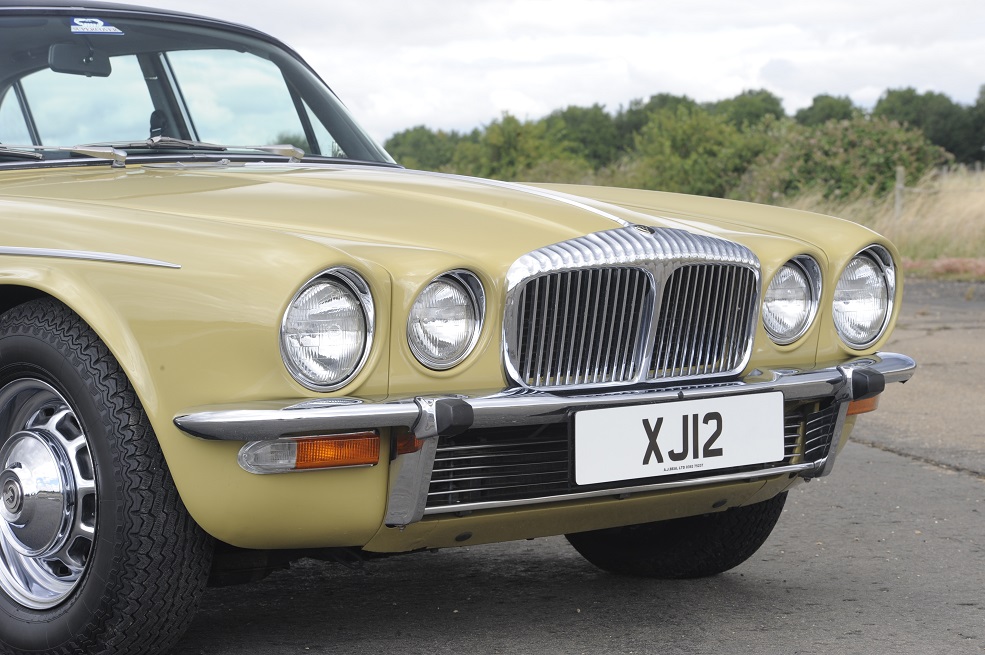
A notable offshoot was the XJC coupe, offered as Jaguar or Daimler with 4.2- or 5.3-litre power. Intended as a Series 1 but delayed, it sold in modest numbers before bowing out in 1977, eclipsed by the new XJ-S. In 1979, the Pininfarina-styled Series 3 took over.
In total, 127,961 Series 2s were built, nearly half being 4.2-litre cars. Few classics combine grace, refinement and affordability quite like an XJ Series 2, but values are rocketing, so buy carefully…
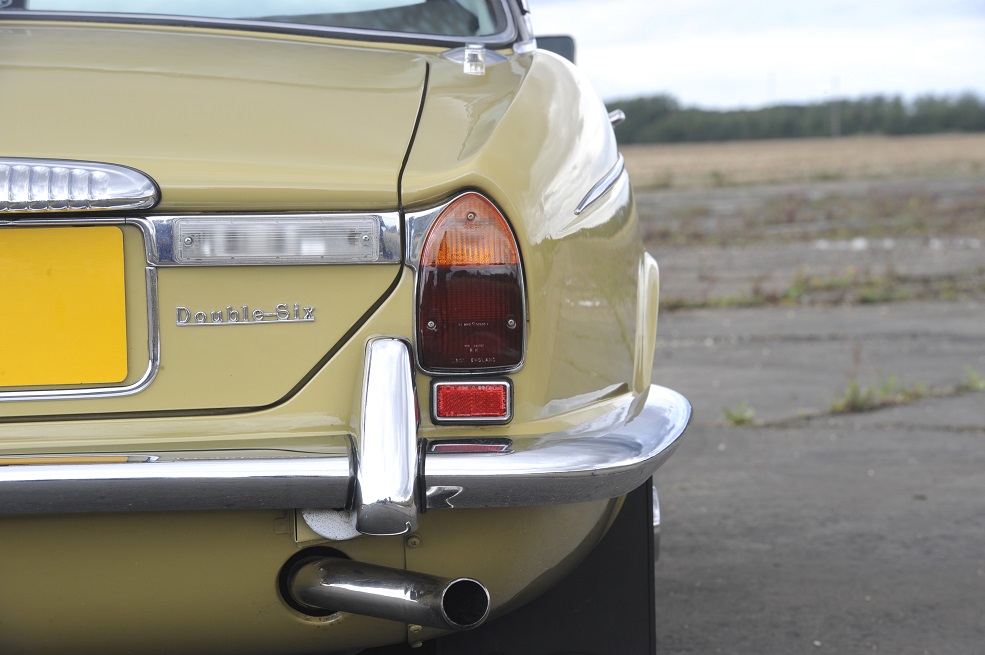
Jaguar XJ6 Series 2 values
The XJ6 Series 2 remains one of the most attainable ways into classic Jaguar ownership – project cars can still be found from around £2000-£4000, though restoration costs can quickly exceed financial viability. Usable six-cylinder examples typically fetch £8000-£12,000, with tidy, well-kept cars rising closer to £18,000. The sought-after V12s and Daimler-badged variants command a premium, with the best exceeding £25,000 when presented in top condition. Exceptional, low-mileage or concours-standard cars can reach £35,000-£40,000, yet even at the top end, the Series 2 remains relatively affordable compared to earlier XJs or E-types.
Insurance Costs
1976 Jaguar XJ6 4.2 Value: £12,000
Example quote: £124.54 or £142.54 with Agreed Value.
Quotation supplied by Lancaster Insurance. Tel: 01480 400761
Quote based on a 45-year-old marketing manager, access to another car, no claims or convictions, club member, 3000 miles per year, no modifications, living in SP2 0HL. Disclaimer: Subject to underwriting criteria. An additional charge may be payable. Authorised and regulated by the Financial Conduct Authority.
Bodywork
When buying any XJ, bodywork is absolutely critical. These aren’t straightforward cars to restore and rarely suit beginners. Replacement panels are scarce: doors are hard to find, wings are available but often exceed four figures, and Coupe sills cost upwards of £350, while long-wheelbase saloon inner sills are still around £150. In most cases it’s wiser to repair what’s there rather than chase costly new panels.
A Jaguar’s appeal is largely visual, so even with solid metal you must scrutinise the finish. Assess the paint carefully – older paintwork is reassuring if the car looks straight, suggesting sound metal beneath. Fresh paint, however, can conceal shoddy rust repairs or filler-heavy bodges. Be especially wary of white cars, as many served in the wedding trade, where hasty, budget repairs were often prioritised over longevity.
Rust around the screen surrounds is a notorious weakness. Moisture trapped here only reveals its extent once the glass is removed, which in turn means dashboard removal for proper rectification – not a job to be taken lightly. Damp smells inside hint at leaking screens, while water in the boot usually stems from a perished rear screen seal.
As with any old Jaguar, the underside demands close inspection. Sills, floorpans, chassis members, subframe mounts and particularly rear suspension pick-up points are all rust traps. Repair sections exist, but prior work may be to a poor standard. Approach with care – ignoring corrosion here could turn a tempting buy into a financial nightmare.
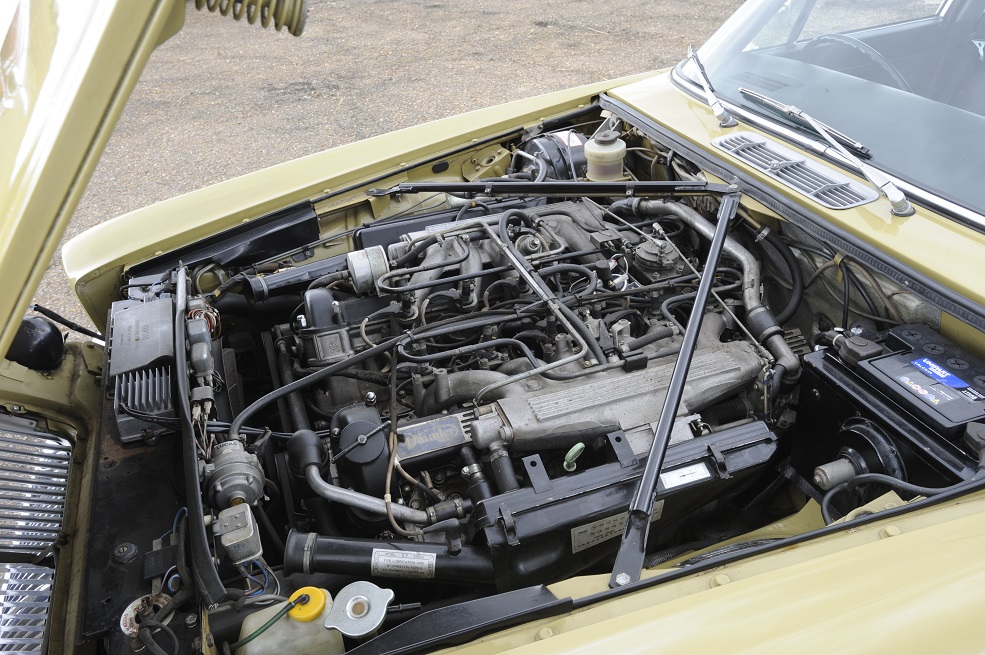
Engine and Gearbox
Jaguar XJs came with two engine choices – the legendary XK straight-six and the mighty V12. The six was most common in 4.2-litre guise, though 3.4-litre cars are about, and a handful of very early 2.8s survive – rare in UK specification.
The 2.8s can suffer holed pistons, while head gasket failure is a known weak spot on the 4.2 – our own Series 3 project required a full rebuild. The 3.4s are generally more robust, but like all smaller-capacity XJs, they’re both slower and thirstier than the 4.2. For usability and resale value, the 4.2 is the sweet spot.
Specification remained largely the same across models, though fuel injection arrived on the 4.2 in 1978. Always check oil pressure, which should be at least 40psi, but beware erratic gauges. Even healthy XKs can consume a little oil, so don’t be alarmed.
The V12 is thirstier and more complex, but often better cared-for and lower mileage. Fuel injection was adopted in 1975, with the short-lived XJ5.3 badge introduced to soften the stigma of owning a thirsty V12 during the fuel crisis – though Jaguar quickly reverted. Ensure the cooling system is spot-on, and confirm a suspected misfire isn’t simply the engine running on fewer than twelve cylinders.
Most Series 2 XJs were supplied with automatic transmission, using various Borg Warner units for the six-cylinder cars and the GM Turbo Hydramatic 400 for the V12. Both types are well regarded by specialists and are proven to be robust and reliable in long-term service.
Manuals were offered too, initially with Jaguar’s own four-speed box and optional overdrive, before switching in 1978 to the five-speed LT77 from the Rover SD1. Both are strong units, but clutch replacement requires engine removal, and neither offers the slickness expected of a luxury saloon. Unless you’re set on a manual, the automatic is the better bet. Indeed, most buyers agreed at the time, meaning manual cars tend to be lower-spec 3.4-litre models.
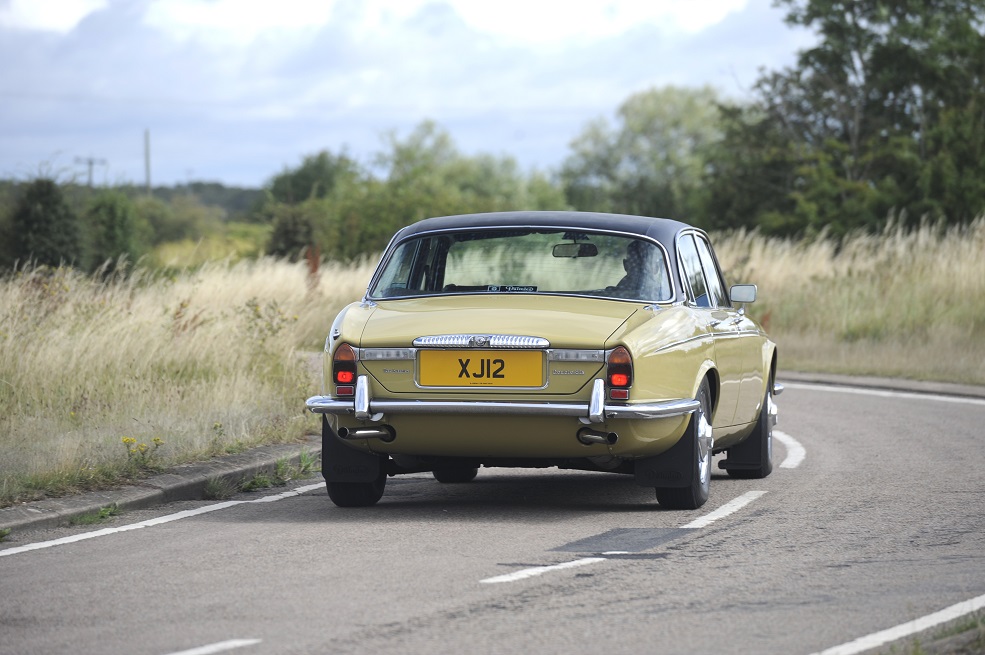
Suspension, steering and brakes
Front suspension clonks are a common XJ complaint – an issue Jaguar still hadn’t fully solved two decades on. Usually down to worn shock absorber bushes, the fix is straightforward. Rear suspension tends to sag with age, but unless you’ve driven a freshly rebuilt example, the decline is so gradual you may not notice. Assume any car you view will need a rear suspension overhaul at some stage; if it’s already been done, treat it as a bonus. Power steering racks can also give trouble, though replacements are readily available on an exchange or reconditioned basis.
The inboard rear discs are the root of most Series XJ brake woes. The handbrake adjuster sits above them, making access awkward – it’s worth haggling if the handbrake feels weak. Check when the pads were last replaced too, as the job isn’t pleasant. Also ensure the diff isn’t leaking oil onto the rear pads.
Beyond these quirks, the braking system is straightforward: confirm brake lines are sound and discs free from warping.
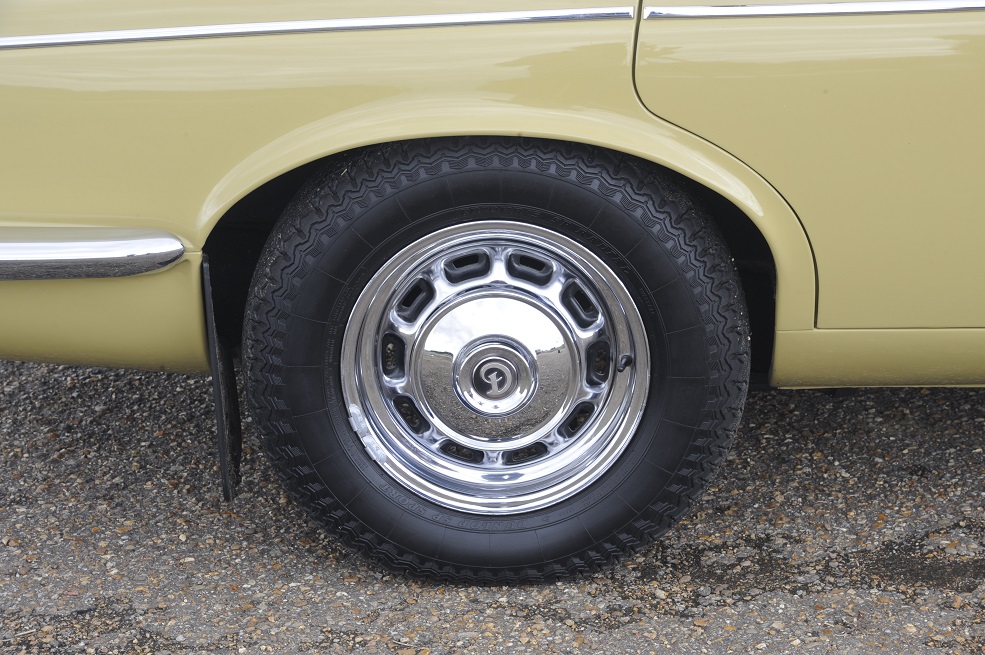
Interior and electrics
Most XJs were trimmed with leather seat facings and Ambla for the secondary areas, though cloth upholstery was offered as an option. Cloth is now a very rare find and generally considered less desirable than leather. Good used cloth trim is far harder to source than leather, and repairing damaged material convincingly presents more of a challenge for any upholsterer.
Many components are shared with other Jaguars – air vents and the steering wheel with the pre-HE XJ-S, for instance – while glass is interchangeable with the Series 1. Firms such as John Skinner Ltd supply new seat foams, leather covers and carpets.
For their time the XJ models were generously equipped, so it’s vital to check everything functions. Electric windows, central locking, air conditioning and heated rear screens should all be tested. Few cars will have had their air con updated to R134a refrigerant, but ensuring all the electrics work correctly now can save expensive headaches later.
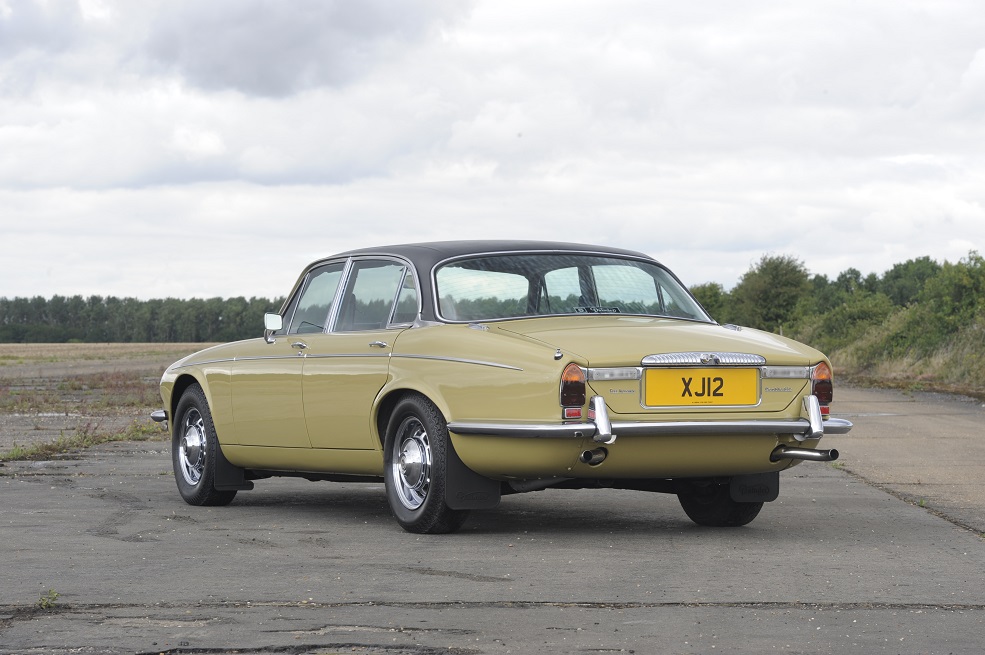
Jaguar XJ Series 2: our verdict
Let’s be honest – most of us have dreamt of owning a Jaguar at some point. Maybe it was the sight of one tearing up the streets in The Sweeney, parked outside the pub in Minder, or perhaps your old boss proudly drove one to work. Whatever the influence, we’ve all paused and thought, “one day”. With prices slowly climbing but still in the realms of affordability, there’s little excuse not to, provided you choose wisely.
For those chasing value, the V12s remain tempting bargains, though the cautious might favour the 3.4-litre – cheaper than the 4.2 and free from twelve-cylinder complexity. The shrewdest investment, however, is undoubtedly the XJ-C coupé, whose elegant two-door lines ensure lasting desirability.
Model Timeline
1973
XJ Series 2 launched, replacing Series 1 and boasting minor styling updates, improved A/C and new 3.4-litre straight-six alongside existing V12, 2.8- and 4.2-litre engines.
1974
Introduced in the US with emissions-compliant engines and impact-absorbing bumpers. Short-wheelbase variant killed off due to low sales.
1978
Minor exterior tweaks for crash regulations, engines adjusted for emissions laws and more luxurious Daimler variants introduced.
1979
Series 2 production ends, giving way to Series 3 with updated styling.

